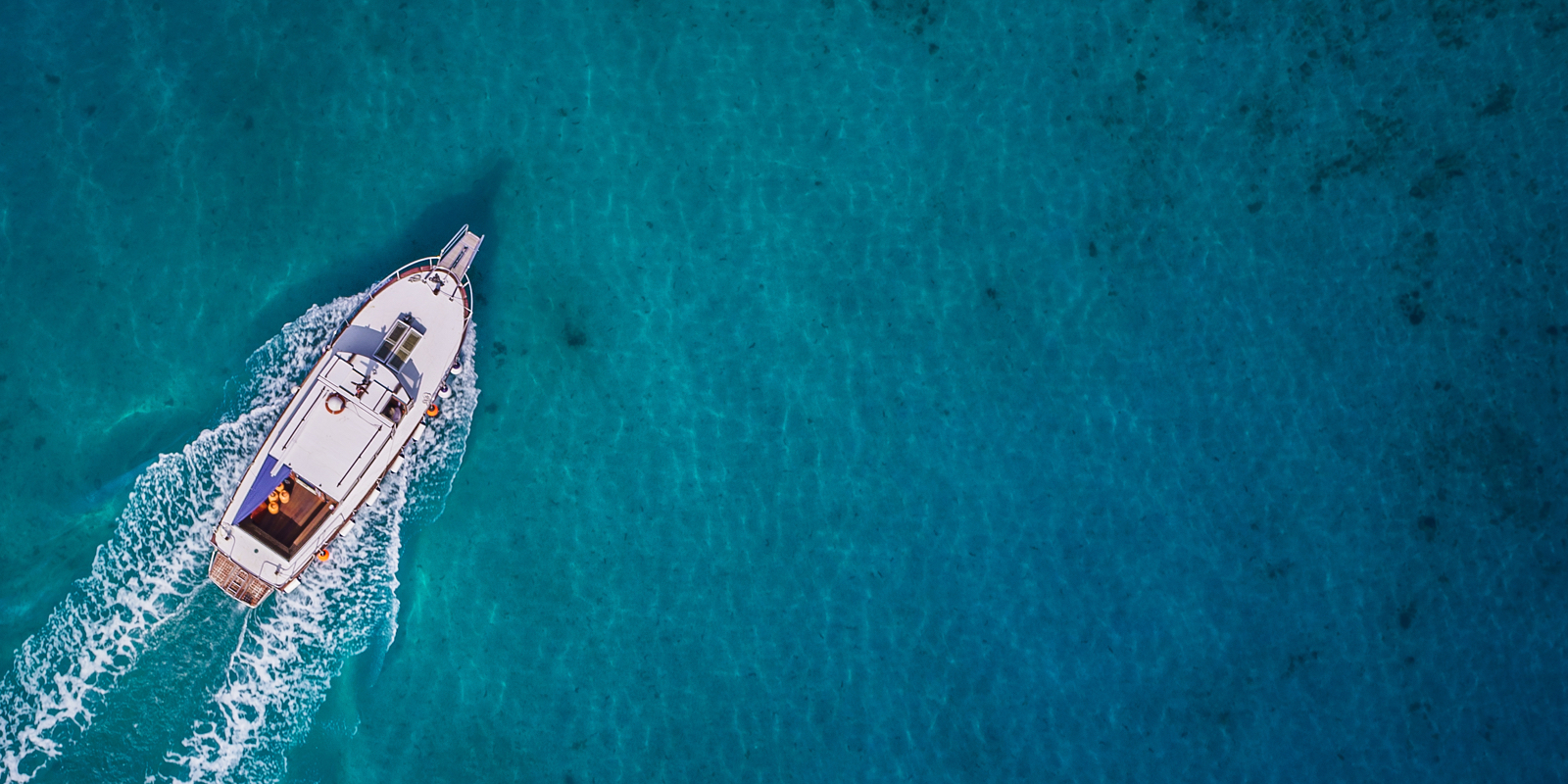INSHORE OR OFFSHORE
While there’s plenty of outstanding fishing to be had from a range of land-based locations, it’s true to say that a boat opens up a whole new world of angling opportunities.
Whether you’re soaking a bait in a river, casting lures in an estuary system, dropping jigs or soft plastics to snapper and kingfish on an inshore reef, or trolling the offshore current edges for billfish, a boat allows you to experience the very best modern sportfishing has to offer.
When it comes to fishing, purpose-built boats are the key to maximising your on-water success. While some boats are marketed as being ‘all-rounders’, the fact of the matter is that no one boat can cover all fishing scenarios. Some models can cover a couple of different fishing options, but most Australian fishing boats are designed to do certain things well.


